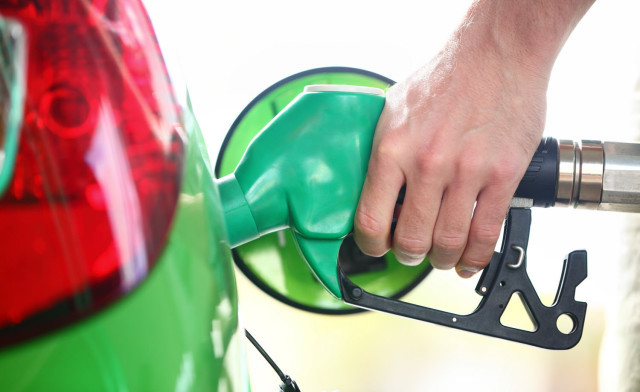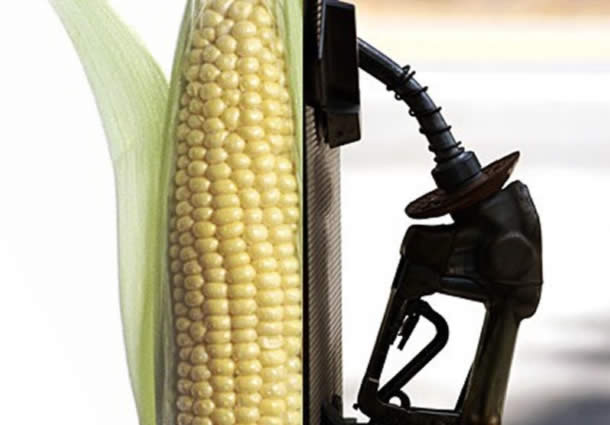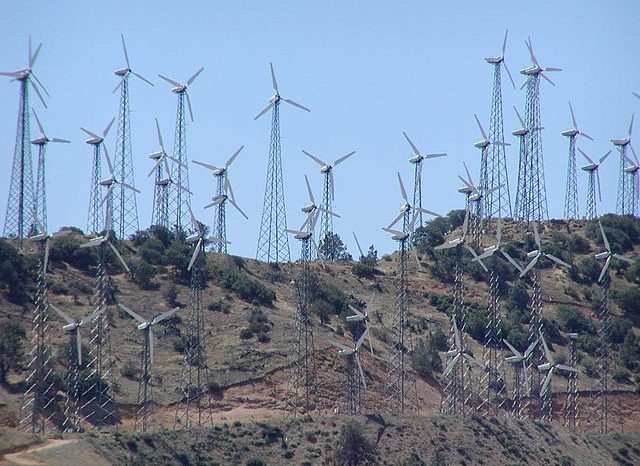The Ethanol Mandate Is Literally Impossible by Alan Reynolds
In recent years, politicians set impossibly high mandates for the amounts of ethanol motorists must buy in 2022, while also setting impossibly high standards for the fuel economy of cars sold in 2025. To accomplish these conflicting goals, motorists are now given tax credits to drive heavily-subsidized electric cars, even as they will supposedly be required to buy more and more ethanol-laced fuel each year.
Why have such blatantly contradictory laws received so little criticism, if not outrage? Probably because ethanol mandates and electric car subsidies are lucrative sources of federal grants, loans, subsidies and tax credits for “alternative fuels” and electric cars. Those on the receiving end lobby hard to keep the gravy train rolling while those paying the bills lack the same motivation to become informed, or to organize and lobby.
With farmers, ethanol producers and oil companies all sharing the bounty, using subsidies and mandates to pour ever-increasing amounts of ethanol into motorists’ gas tanks has been a win-win deal for politicians and the interest groups that support them and a lose-lose deal for consumers and taxpayers.
The political advantage of advocating contradictory future mandates is that the goals usually prove ridiculous only after their promoters are out of office. This is a bipartisan affliction.
In his 2007 State of the Union Address, for example, President Bush called for mandating 35 billion gallons of biofuels by 2017, an incredible target equal to one-fourth of all gasoline consumed in the United States in 2006. Not to be outdone, “President Obama said during the presidential campaign that he favored a 60 billion gallon-a-year target.”
The Energy Independence and Security Act of 2007 (EISA) did not go quite as far as Bush or Obama, at least in the short run. It required 15 billion gallons of corn-based ethanol by 2015 (about 2 billion more than were actually sold), but 36 billion gallons of all biofuels by 2022 (which would be more than double last year’s sales). The 2007 energy law also raised corporate average fuel economy (CAFE) standards for new cars to 35 miles per gallon by 2030, which President Obama in 2012 ostensibly raised to 54.5 mpg by 2025 (a comically precise guess, since requirements are based on the size of vehicles we buy).
The 36 billion biofuel mandate for 2022 is the mandate Iowa Governor Terry Branstad (and Donald Trump) now vigorously defend against the rather gutsy opposition of Sen. Ted Cruz. But it is impossible to defend the impossible: Ethanol consumption can’t possibly double as fuel consumption falls.
From 2004 to 2013, cars and light trucks consumed 11% less fuel. The Energy Information Agency likewise predicts that fuel consumption of light vehicles will fall by another 10.1% from 2015 to 2022. So long as ethanol is no more than 10% of a gallon (much higher than Canada or Europe), ethanol use must fall as we use less gasoline rather than rise, as the mandates require. If we ever buy many electric cars or switch from corn to cellulosic sources of ethanol, as other impossible mandates pretend, then corn-based ethanol must fall even faster.
If raising ethanol’s mandated share above 10% is any politician’s secret plan, nobody dares admit it. Most pre-2007 cars can’t handle more than 10 percent ethanol without damage, and drivers of older cars often lack the income or wealth to buy a new one. Since ethanol is a third less efficient than gasoline, adding more ethanol would also make it even more impossible for car companies to comply with Obama’s wildly-ambitious fuel economy standards (which must also reduce ethanol use, if they work).
The 2007 law also mandated an astonishing 16 billion gallons of nonexistent “cellulosic” ethanol by 2022 from corn husks or whatever. We were already supposed to be using a billion gallons of this marvelous snake oil by 2013. Despite lavish taxpayer subsidies, however, production of cellulosic biofuel was only about 7.8 million barrels a month by April, 2015 (about 94 million a year). The Environmental Protection Agency (EPA) mandate in June 10, 2015 was 230 million billion in 2016, which is more fantasy.
It doesn’t help that the Spanish firm Abenoga – which received $229 million from U.S. taxpayers to produce just 1.7 million gallons of ethanol – is trying to sell its plant in Kansas to avoid the bankruptcy fate of cellulosic producer KiOR. It also doesn’t help that a $500,000 federally-funded study paid finds biofuels made with corn residue release 7% more greenhouse gases than gasoline.
The contradictory, fantastic and often scandalous history of ethanol mandates illustrates the increasing absurdity of mandates from Congress and the EPA.
The 2007 biofuel mandate was not just bad policy. It was and remains an impossible, bizarre policy.
This post first appeared at Cato.org.
Alan Reynolds is one of the original supply-side economists. He is Senior Fellow at the Cato Institute and was formerly Director of Economic Research at the Hudson Institute.





